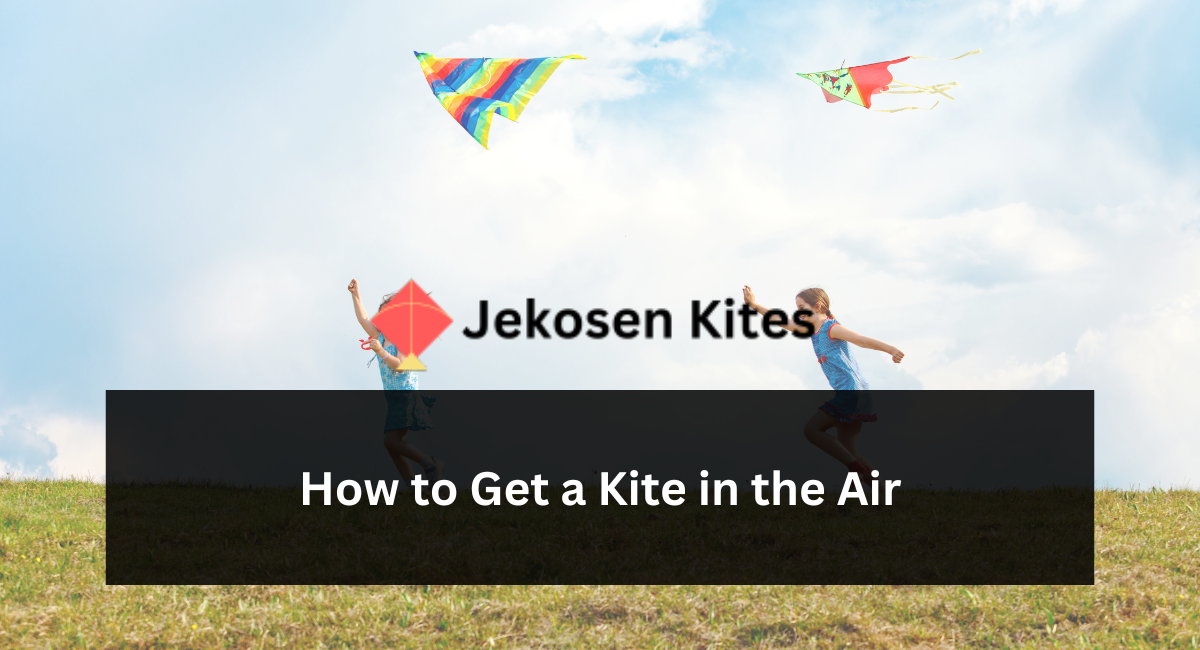Flying a kite is one of those timeless activities that can bring joy to people of all ages. Whether you’re a child experiencing the thrill for the first time or an adult reminiscing about carefree days, the sight of a kite soaring against the backdrop of the sky is undeniably captivating.
However, getting a kite into the air and keeping it there can sometimes be a challenge, especially for beginners. In this simple guide, we’ll walk you through the basics of kite flying, ensuring your next kite-flying adventure is a success.
1. Choose the Right Kite
The first step in successful kite flying is selecting the right kite. There are various types of kites, including diamond, delta, and box kites, each with its own flying characteristics.
For beginners, a delta kite or a standard diamond kite is often recommended due to their stability and ease of flying. When selecting a kite, also consider the material it’s made of; lightweight materials like nylon are typically easier to get into the air.
2. Find the Perfect Location
Location is crucial for kite flying. You’ll need a wide, open space away from trees, power lines, and buildings that can obstruct the wind or catch your kite.
Beaches and open fields are ideal locations because they offer plenty of space and consistent wind. If you’re flying a kite in a park, make sure to respect other park-goers by keeping a safe distance.
3. Check the Wind Conditions
Wind conditions play a significant role in kite flying. Most kites require a wind speed of about 5 to 25 miles per hour to fly properly.
You can check the wind conditions by looking at the movement of tree leaves or using a wind meter. If the wind is too strong, it might be difficult to control the kite, and if it’s too weak, getting the kite to stay in the air can be challenging.
4. Assemble Your Kite Properly
Before attempting to fly your kite, make sure it is assembled correctly according to the manufacturer’s instructions. A poorly assembled kite is less likely to fly and more likely to sustain damage.
Pay special attention to the kite’s spine and crossbars, ensuring they are securely in place, and double-check that the kite’s bridle (the string attachment points) is correctly adjusted.
5. Launching Your Kite
To launch your kite, you’ll need a helper or a bit of running space if you’re flying solo. Here’s how to do it with a helper:
- Stand with your back to the wind and hold your kite up by the bridle point, letting out about 20 to 50 feet of string, depending on the wind strength.
- Have your helper hold the kite downwind from you, keeping it steady.
- Signal your helper to release the kite as you pull gently on the string, allowing the wind to catch the kite and lift it into the air.
If you’re flying solo, place the kite on the ground, and walk away while unrolling the string. Then, pull the string as you start to run, allowing the wind to lift the kite off the ground.
6. Flying Your Kite
Once your kite is in the air, gradually let out more string to allow it to gain altitude. The key to maintaining control is to keep the string taut but not too tight; you should feel a steady pull.
If the kite starts to dive or spin, try pulling in some string to stabilize it, or let out more string if it’s struggling to climb.
7. Enjoy the Flight
Kite flying is not just about getting the kite into the air; it’s also about enjoying the experience.
Feel the tug of the kite as it dances in the sky, watch its colors brighten against the blue backdrop, and enjoy the moment of simple pleasure.
8. Landing Your Kite
When it’s time to bring your kite down, slowly reel in the string, keeping tension to maintain control.
If possible, have a helper catch the kite as it reaches the ground to prevent damage. If you’re alone, try to guide the kite to a soft landing spot.
Tips for Success
- Practice Makes Perfect: Don’t be discouraged if your first attempts don’t go as planned. Kite flying takes practice, and every wind condition can offer a new learning opportunity.
- Safety First: Always be mindful of your surroundings and weather conditions. Avoid flying kites in stormy or windy conditions, and never fly near roads or power lines.
- Experiment: Once you’re comfortable with basic kite flying, don’t be afraid to try different kites or learn new flying techniques to enhance your experience.
Conclusion
Kite flying is a delightful activity that can be enjoyed alone or with friends and family. By following these simple steps and tips, you’ll be well on your way to experiencing the joy of a kite soaring high in the sky.
Remember, the key to successful kite flying lies not just in the technique but in the experience of connecting with the wind and the sky.



